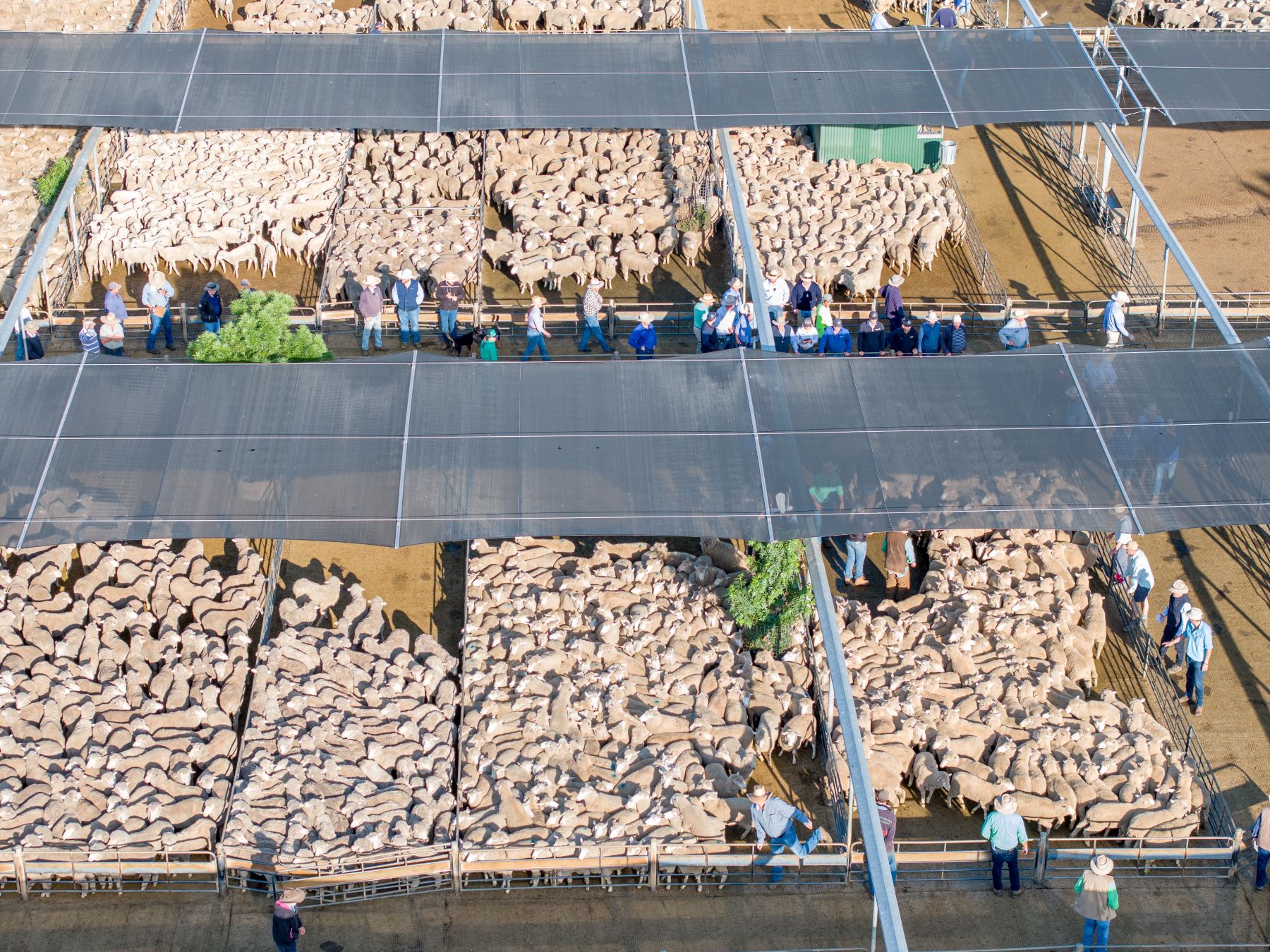China springs new year trade barrier
We are less than two weeks into 2026, but already the beef industry has faced a multitude of events which will continue to impact markets...

The National Trade Lamb Indicator (NTLI) hit a 10-month high today and is 22.96c/kg higher than this same day last year.
MLA Market Information and NLRS Manager Steve Bignell said it was exciting for producers to be seeing lamb prices with a 7 in front of them and that the recent spike in lamb prices represented close to a 25% increase on the close of markets in 2023.
The NTLI shows that producers are fetching average prices that haven’t been reached since February 2023.
The indicator was today sitting at 775.86 with a throughput of 63,000 and an average price of $182.80/head, compared to the same day last year when the indicator was 22.96c/kg lower with a throughput closer to 40,000 and an average price of $180.39/head.
Mr Bignell said the average prices from saleyards used to calculate the indicator represented a wide range, from 848c/kg at Corowa, NSW, to 490c/kg at Katanning, WA.
Big yardings at Wagga, NSW, contributed to 24% of the indictor this week, with an average price of 782c/kg and Ballarat, Victoria, contributed 15%, with an average price of 821c/kg.
Mr Bignell also cautioned that any saleyards data at this time of the year comes with the caveat that not all markets are operating, although he ceded it would have been the same situation last year.
“It’s a harder time to comment too definitively,” he said.
The NTLI is a seven-day rolling average of trade weight lambs from NLRS reported saleyards across Australia and includes lambs up to 12 months of age with all fat scores and carcase weights from 20–26kg. It is expressed in cents per kilogram carcase (or dressed) weight (¢/kg cwt).
Meanwhile, cattle sales across Victoria have gone from strength to strength this week, with weaner or female sales held at Casterton, Hamilton, Euroa, Wodonga, Mortlake, Kyneton and Naracoorte, SA.
Rick Smith from Nutrien Casterton said: “Our sales down here have been very solid, everything has been $3 and better a lot better than we were thinking eight weeks ago.”
He said weaners had sold to restockers from Victoria, NSW, Queensland and South Australia over two days on Monday and Tuesday.
“Everyone was slightly nervous coming into it, but once prices of 320-340 become apparent everyone’s nerves were put at ease,” he said.
Mr Smith said a lot of the lots offered were weaned and EU accredited, so premiums for this were not as noticeable as they were at other yardings through the week.
“The surprising thing was there was not a lot of difference between blacks and Herefords and all Euro calves sold exceptionally,” he said.
“It was pleasing to see so many repeat buyers so obviously they have been doing well for them.”
.png)
We are less than two weeks into 2026, but already the beef industry has faced a multitude of events which will continue to impact markets...
.png)
With southern weaner sales in full swing this week, the results of these provide a very timely, useful and broadly reflective barometer of where the...
.jpg)
The Chrome Sheep Stud’s Summer Ram Sale has delivered a strong start to the year, recording 98% clearance and the stud’s best January average...